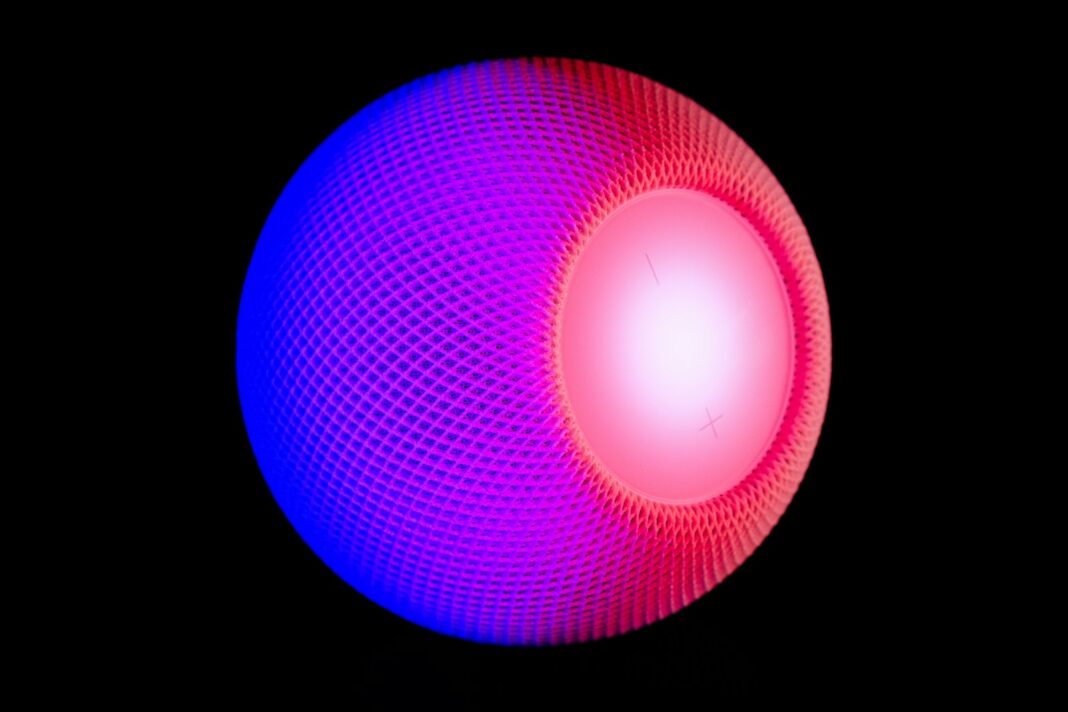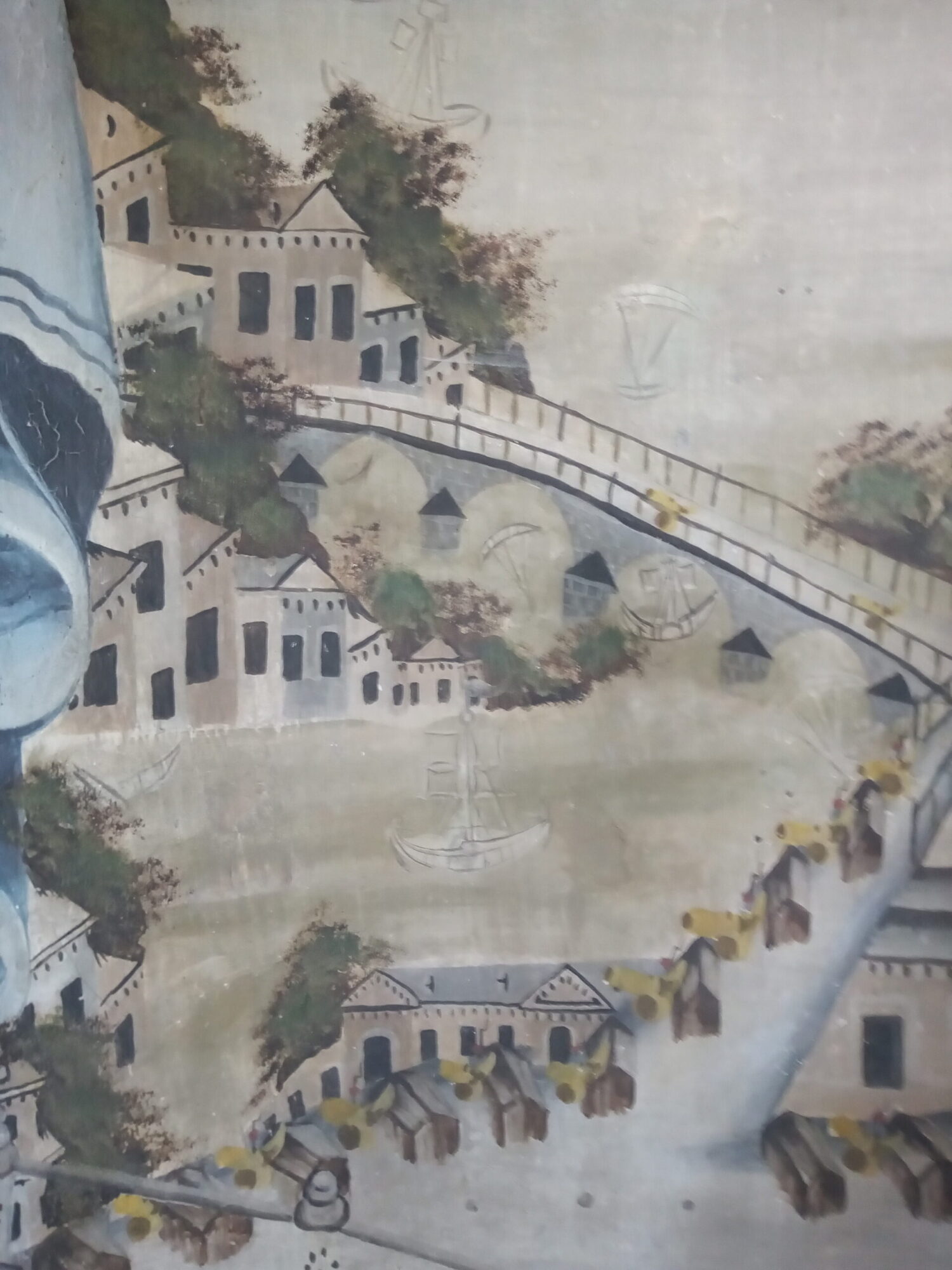Art has long been celebrated as a visual medium, capturing the imagination and stimulating the senses through brushstrokes, colors, and compositions. However, the power of art extends beyond what meets the eye. Sound, with its ability to evoke emotions and engage our auditory senses, has found an intriguing intersection with visual art. This fusion of art and sound has given rise to a new dimension of artistic expression that transcends the boundaries of traditional visuals. In this article, we will explore the profound merging of these two forms of artistic communication.
Painting with Sound: The Auditory Canvas
Visual art often breathes life into the static canvas through the dynamic use of color, line, and shape. Similarly, sound can be used as a tool to paint a vivid and immersive auditory canvas. Artists now explore the creation of soundscapes, where the composition becomes an intricate expression of emotions, atmospheres, and stories. Just as an artist might use brushstrokes to layer and blend colors, musicians and sound artists utilize various tones, textures, and rhythms to build complex auditory narratives.
The concept of painting with sound has been employed by composers and musicians to enhance the immersive experience of visual arts exhibitions and installations. By orchestrating soundscapes that resonate with the underlying themes or visual elements of an artwork, they create an entirely new dimension for the audience to explore. Through the harmonious coexistence of art and sound, viewers engage with a multi-sensory experience that amplifies the impact and emotional resonance of the artwork.
Synesthesia: When Art and Sound Collide
Beyond sound complementing visual art, a phenomenon known as synesthesia takes the fusion between art and sound to another level. Synesthesia refers to a neurological condition in which one sensory experience involuntarily triggers another. This means that an individual with synesthesia might see colors and shapes when they hear specific sounds or musical notes.
For artists and musicians who experience synesthesia, the relationship between sound and visual art becomes deeply intertwined. They can tap into this multisensory experience in their artistic creations, creating visual art that directly translates into sound, or vice versa. This unique ability allows synesthetic artists to present the world in a way that combines the auditory and visual dimensions. They provide audiences with an extraordinary glimpse into their sensorial experiences and invite them to perceive art in an entirely novel way.
This cross-pollination between art and sound opens up a world of possibilities for both artists and audiences. It encourages exploration, collaboration, and a deeper understanding of how different sensory stimuli can intertwine to create a rich and authentic artistic experience. By pushing the boundaries of traditional art forms, the intersection of art and sound challenges us to see, feel, and hear the world in new and captivating ways.














 English
English French
French Spanish
Spanish German
German Dutch
Dutch Italian
Italian Danish
Danish Portuguese
Portuguese Greek
Greek Russian
Russian Swedish
Swedish Bulgarian
Bulgarian Hungarian
Hungarian Catalan
Catalan Ukrainian
Ukrainian Polish
Polish Basque
Basque Chinese (Simplified)
Chinese (Simplified) Japanese
Japanese Hebrew
Hebrew Arabic
Arabic Swahili
Swahili Amharic
Amharic Irish
Irish Afrikaans
Afrikaans Albanian
Albanian Armenian
Armenian Azerbaijani
Azerbaijani Belarusian
Belarusian Bengali
Bengali Bosnian
Bosnian Cebuano
Cebuano Chichewa
Chichewa Chinese (Traditional)
Chinese (Traditional) Corsican
Corsican Croatian
Croatian Czech
Czech Esperanto
Esperanto Estonian
Estonian Filipino
Filipino Finnish
Finnish Frisian
Frisian Galician
Galician Georgian
Georgian Gujarati
Gujarati Haitian Creole
Haitian Creole Hausa
Hausa Hawaiian
Hawaiian Hindi
Hindi Hmong
Hmong Icelandic
Icelandic Igbo
Igbo Indonesian
Indonesian Javanese
Javanese Kannada
Kannada Kazakh
Kazakh Khmer
Khmer Korean
Korean Kurdish (Kurmanji)
Kurdish (Kurmanji) Kyrgyz
Kyrgyz Lao
Lao Latin
Latin Latvian
Latvian Lithuanian
Lithuanian Luxembourgish
Luxembourgish Macedonian
Macedonian Malagasy
Malagasy Malay
Malay Malayalam
Malayalam Maltese
Maltese Maori
Maori Marathi
Marathi Mongolian
Mongolian Myanmar (Burmese)
Myanmar (Burmese) Nepali
Nepali Norwegian
Norwegian Pashto
Pashto Persian
Persian Punjabi
Punjabi Romanian
Romanian Samoan
Samoan Scottish Gaelic
Scottish Gaelic Serbian
Serbian Sesotho
Sesotho Shona
Shona Sindhi
Sindhi Sinhala
Sinhala Slovak
Slovak Slovenian
Slovenian Somali
Somali Sundanese
Sundanese Tajik
Tajik Tamil
Tamil Telugu
Telugu Thai
Thai Turkish
Turkish Urdu
Urdu Uzbek
Uzbek Vietnamese
Vietnamese Welsh
Welsh Xhosa
Xhosa Yiddish
Yiddish Yoruba
Yoruba Zulu
Zulu